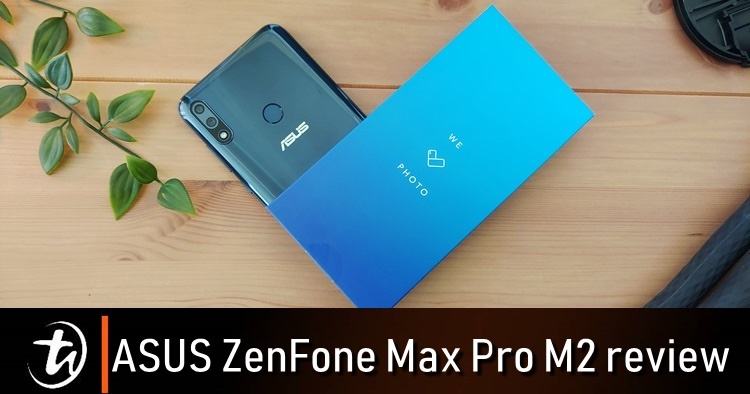
When rumours of a new ASUS ZenFone Max Pro M2 were floating around, my first thought was that the successor was too soon should it ever be true. And true enough, ASUS officially launched another budget-friendly smartphone in Indonesia where we got to have a first look of the device. I played with it for a couple of days and after two weeks, here's our review on the pros and cons of the ZenFone Max Pro M2.
Design - It's surprisingly tough
Comparing with the predecessor, the ZenFone Max Pro M1 and ZenFone Max Pro M2 look almost identical but the latter is a much better considering the fact that it has Corning Gorilla Glass 6 that is twice as tough as the predecessor. According to ASUS, they claimed that this phone is pretty durable and can withstand a force drop from 1.5 metres high.
Note that I said force drop, it means like throwing the phone on the ground on purpose. Obviously, no phone can survive if we threw it on an asphalt road, but for a practical scenario like accidentally dropping from your hands while standing or a table's height, it has a 100% survival rate (trust me, I threw the phone many times).
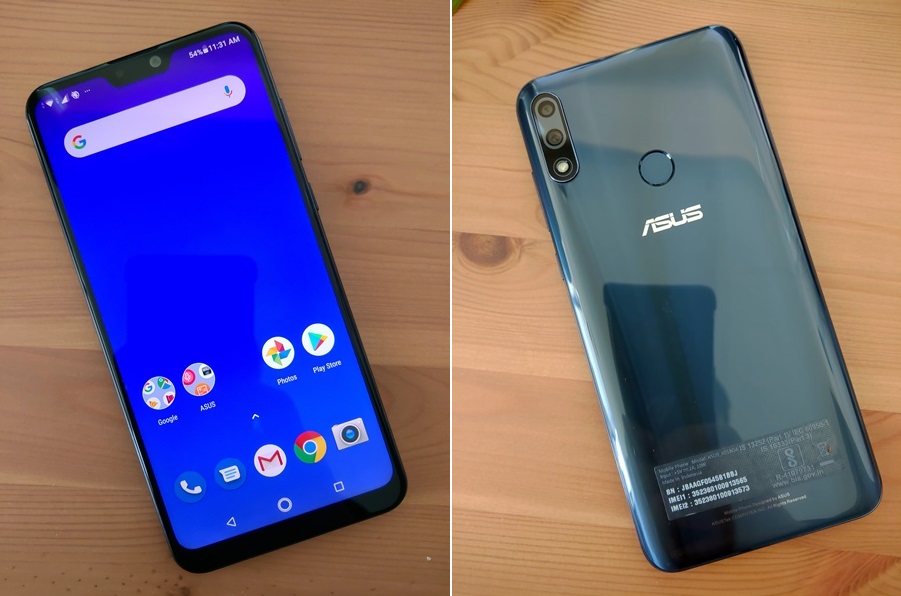
The front and back look, the notch is present but the overall design is quite top-notch
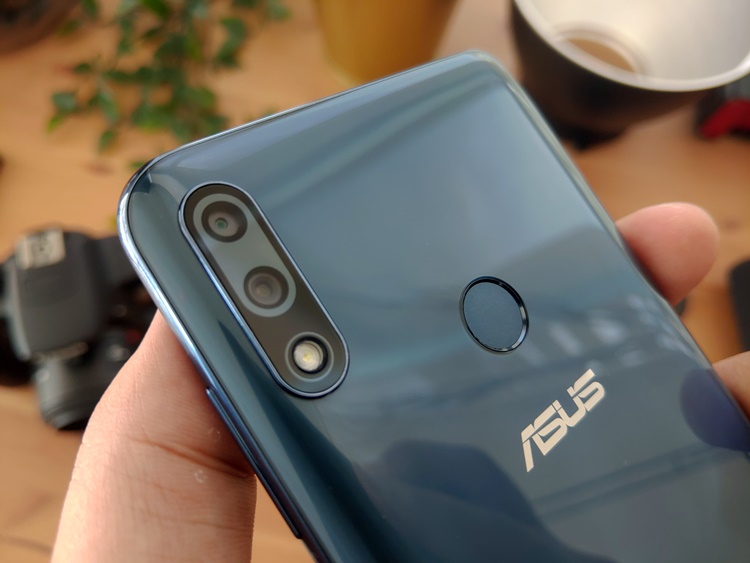
The typical dual rear camera setup and fingerprint sensor along with ASUS logo
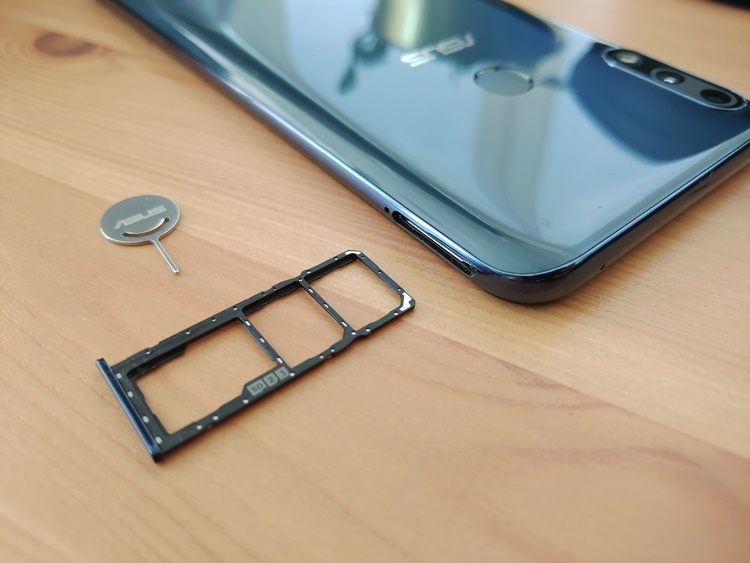
Triple SIM card tray, you can also see how smooth the edges are
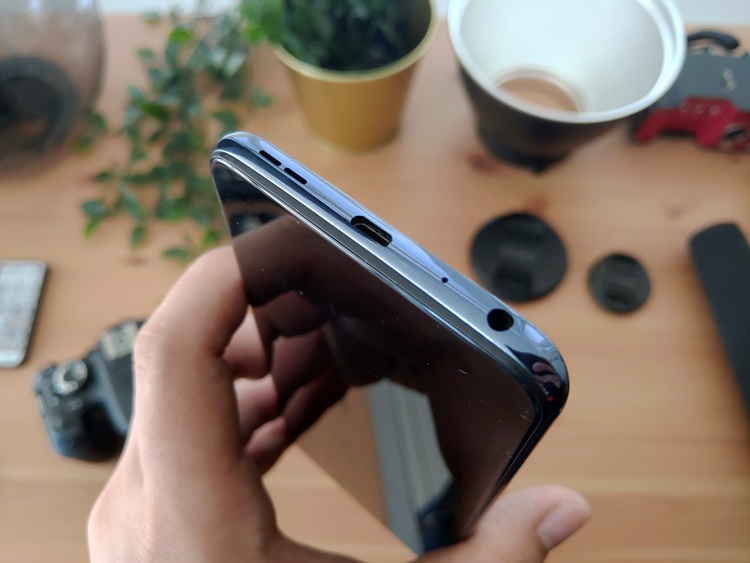
The standard speaker, microUSB 2.0 and 3.5mm headphone jack
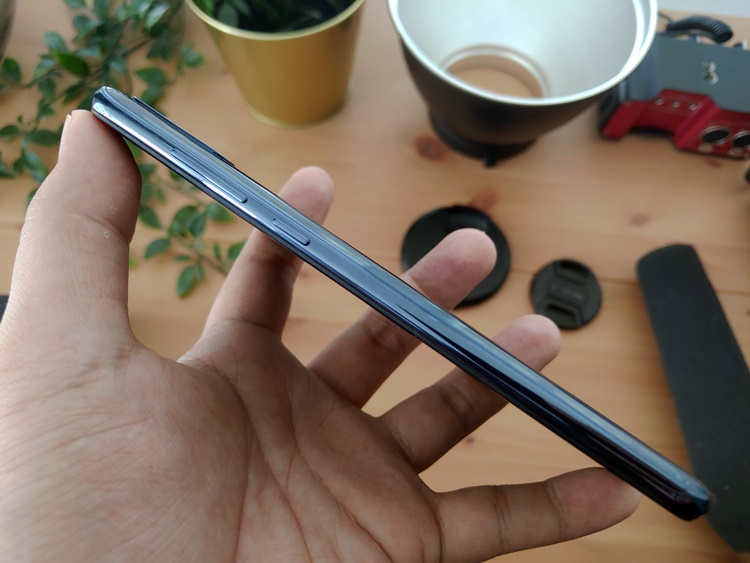
The other side of the pone where the power and volume rockers are
You'd be glad to know that the back won't break that easily as well, even though it's not covered by the Corning Gorilla Glass 6. Some people couldn't really tell if it's plastic or glass, but coming from ASUS Malaysia itself, this so-called "Wave finish 3D-curved glossy design" is made out of hi-grade acrylic that's highly resistant to falling. It certainly feels like glass though but because of its thermoplastic nature, this is one tough smartphone to break. The ZenFone Max Pro M2's design and build quality gets a thumbs up.
Tech-specs and features - Minimal upgrade, clunky features
Here are the specifications for the ASUS ZenFone Max Pro M2:
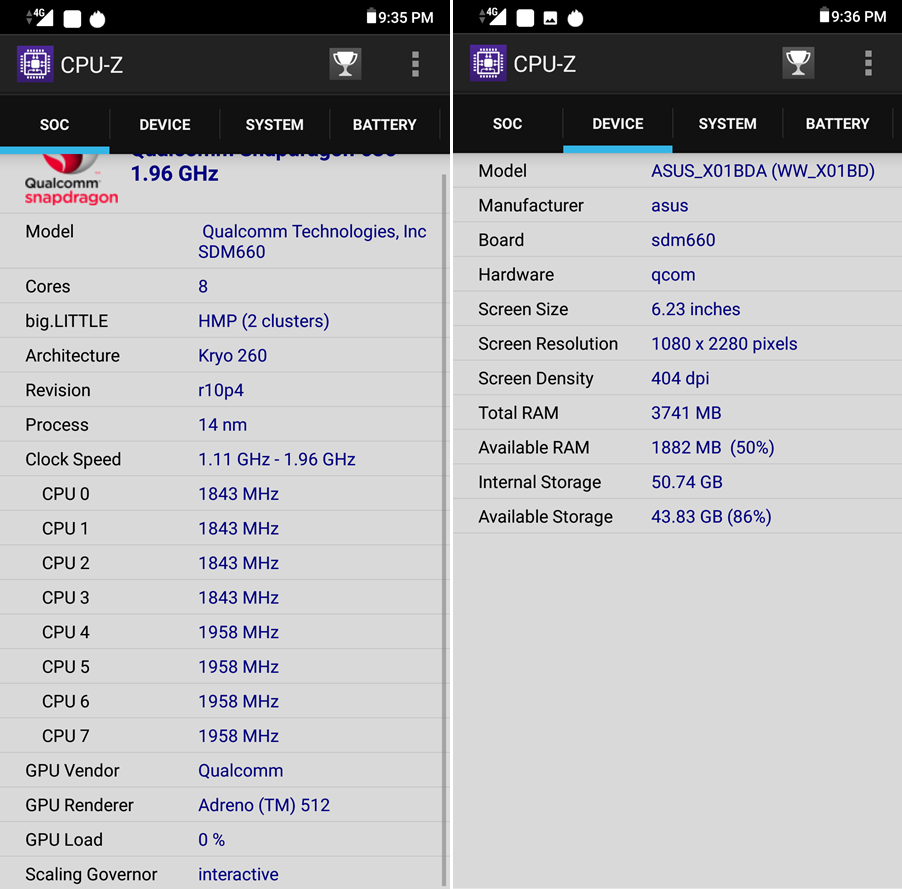
- Qualcomm Snapdragon 660 chipset
- 4GB and 6GB of RAM
- 64GB internal storage (expandable memory supports up to 2TB)
- 6.3-inch FHD+ display (Corning Gorilla Glass 6)
- Dual 12MP (f./18) + 5MP (f/2.4) dual rear camera, 13MP front camera
- Features fingerprint and face unlock, NXP smart amplifier, 3-axis EIS (Electronic Image Stabilizer), 4K UHD video recording at 30fps
- Support WiFi, LTE, Bluetooth, Triple SIM slots connectivity
- Android 8.1 Oreo
- 5000mAh battery
Again comparing it with the predecessor, there are barely any differences in terms of the tech specs sheet. ZenUI is still not part of the smartphone but there's barely any bloatware around. There's a new and better Qualcomm Snapdragon 660 chipset and a slightly larger 6.3-inch display. The features compartment have a nice upgrade too, including more AI scene detection categories for the camera, a 3-axis EIS (Electronic Image Stabilizer) for video recording and an improved NXP smart amplifier sound system.
The AI scene detection now comes out automatically which is nice however, it's still using the same Snapdragon Camera which is quite clunky for my taste. While it's still capable of taking good photos, it's a bit "slow". Not only that, but there's no Panorama Mode which is still head-scratching, they got Pro Mode into the camera this time but has little usage except for taking better night photos. But I digress, that's another topic to talk about in the performance section later.
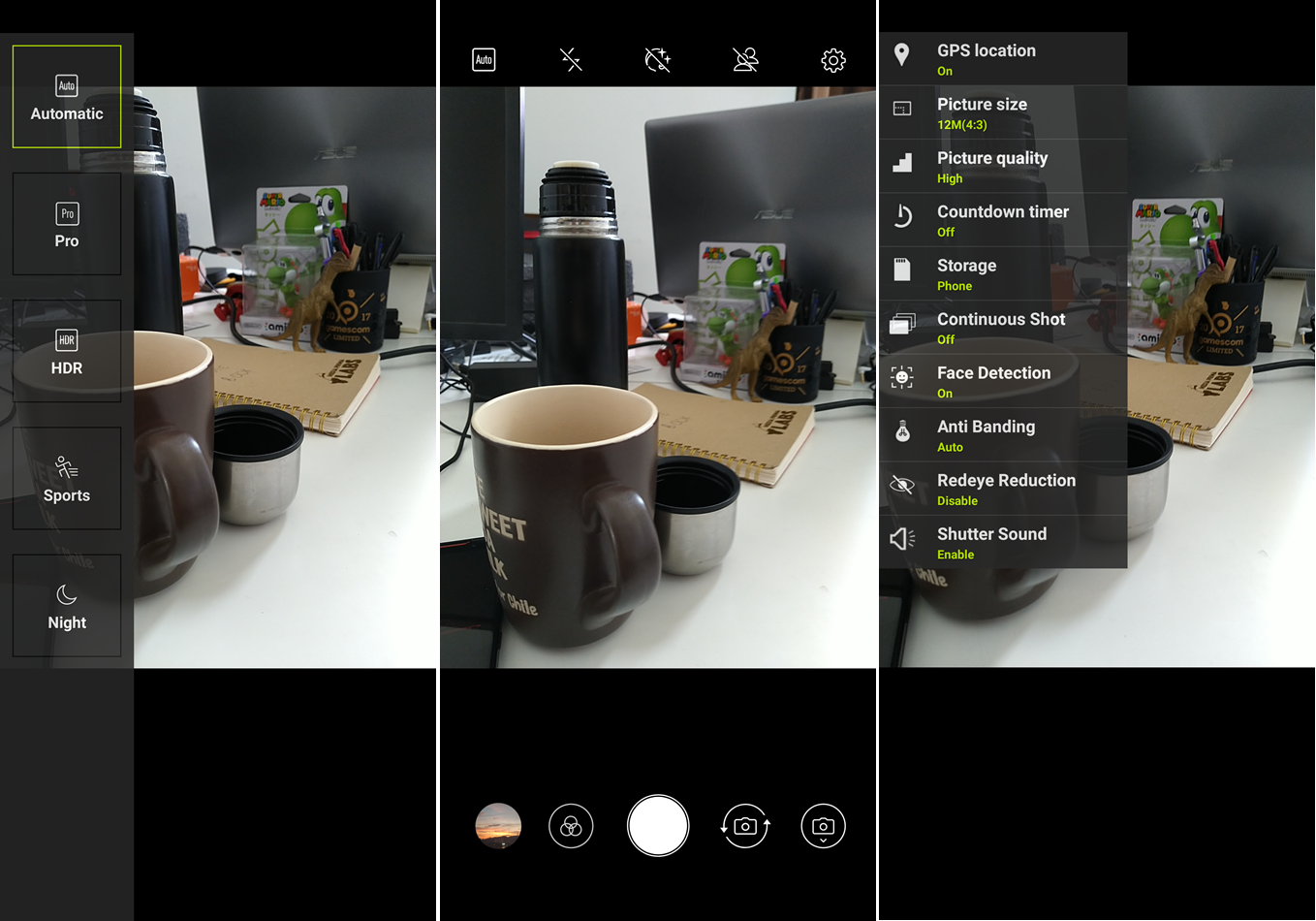
The Snapdragon Camera UI
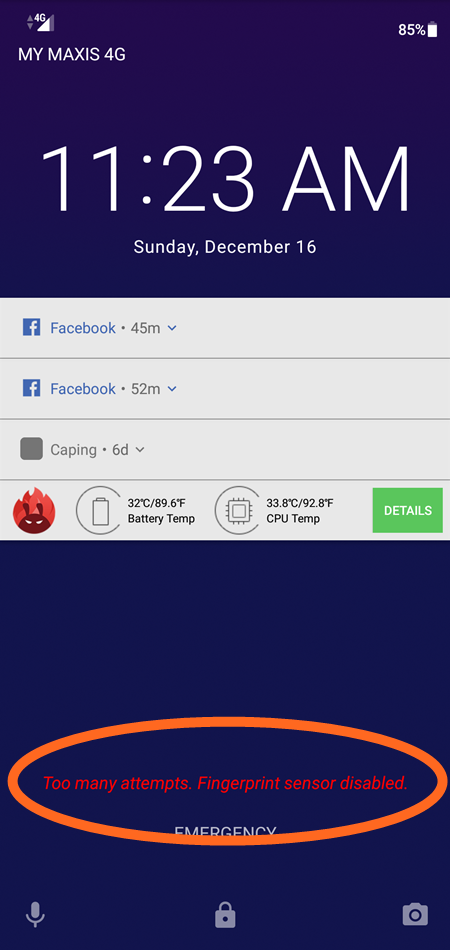
This notification keeps popping up everytime I take the phone out of my pocket
Another clunky feature to mention is the rear fingerprint sensor and face unlock. While there's nothing wrong with the accuracy, it's just that the unlocking speed for both are slow compared to some other brands. I also found out that the rear fingerprint sensor will keep detecting your thighs due to the heat signature if you put it in your pocket jeans. I hope ASUS can fix this with an update via OTA in the near future.
Not all is lost. While I have never experienced the NXP Amplifier sound quality on the ZenFone Max Pro M1, the ZenFone Max Pro M2's version is said to have improved and from my experience, the sound quality is actually able to produce a balanced treble and bass even if you max the volume, which is great particularly for gaming and video playback.
On the other hand, the new 3-axis EIS (Electronic Image Stabilization) is a great addition. I did a short video recording walking around without any smartphone gimbal support and while it did look like the video is shaking a lot during recording, the end result is satisfactory. Also, keep in mind that the EIS does not support any 4K video recording.
Performance - Still a midranger
Moving onto the performance section, the Qualcomm Snapdragon 660 chipset definitely does better and has a higher score in the AnTuTu charts. However, don't put your hopes too high to actually play graphics intense games like Asphalt 9 and PUBG Mobile on the highest setting, as it is probably better leave it to the system to put the default setting.
The ZenFone Max Pro M2 is still using the same 5000mAh battery, so it's still capable of going on for days without being charged on average usage. Going on a 3 hour or so gaming marathon will drain the battery but the battery doesn't heat up and should last longer than most gaming phones. But just so you know, it uses the standard 5V / 2A charging output so that means charging it up is super slow and takes more than 2 and a half hours.
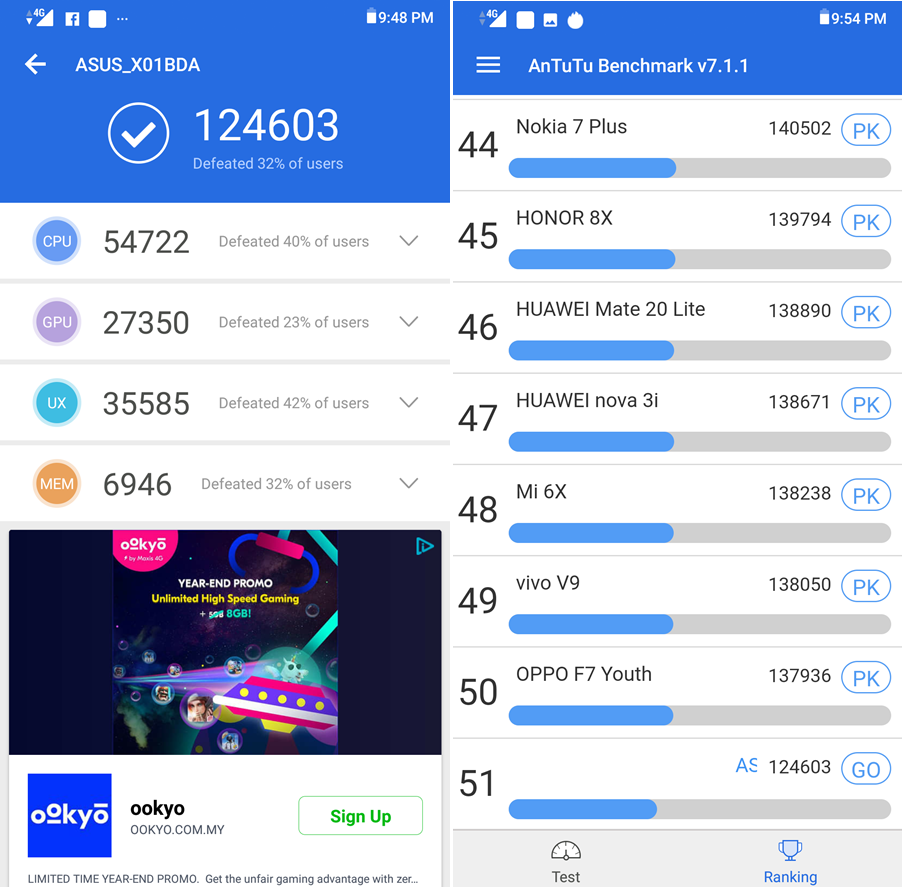
AnTuTu score, sitting on the 51st spot
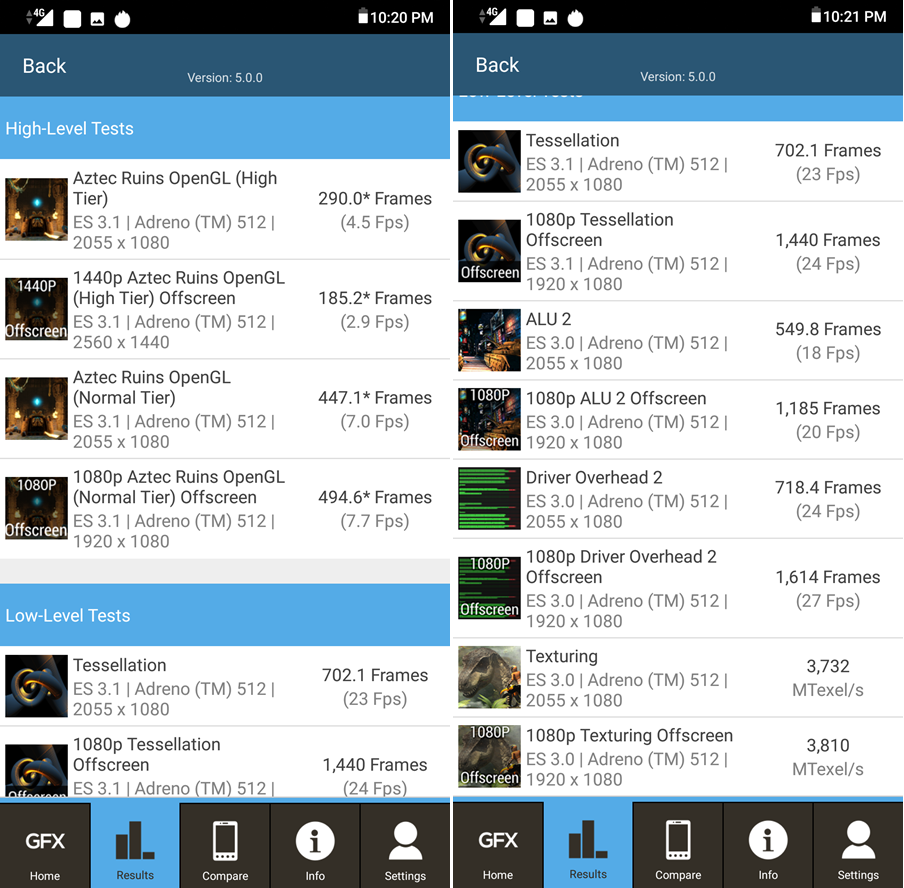
GFX score, nothing much to look at
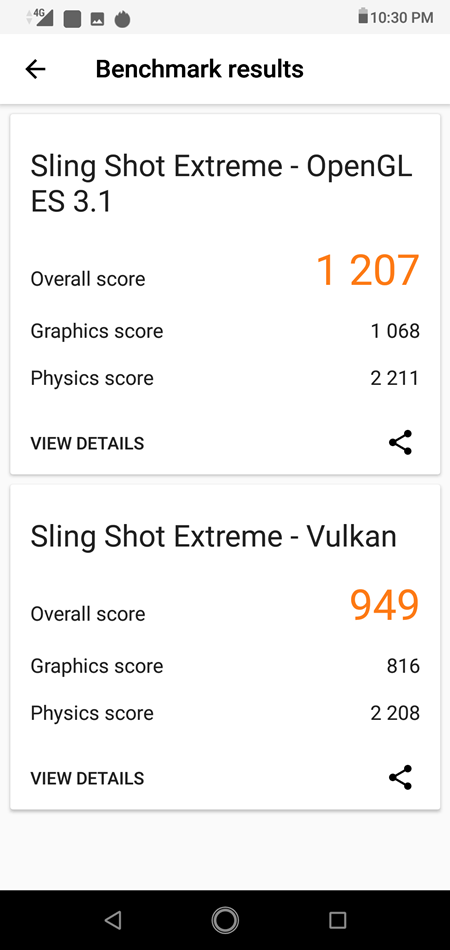
3DMark score
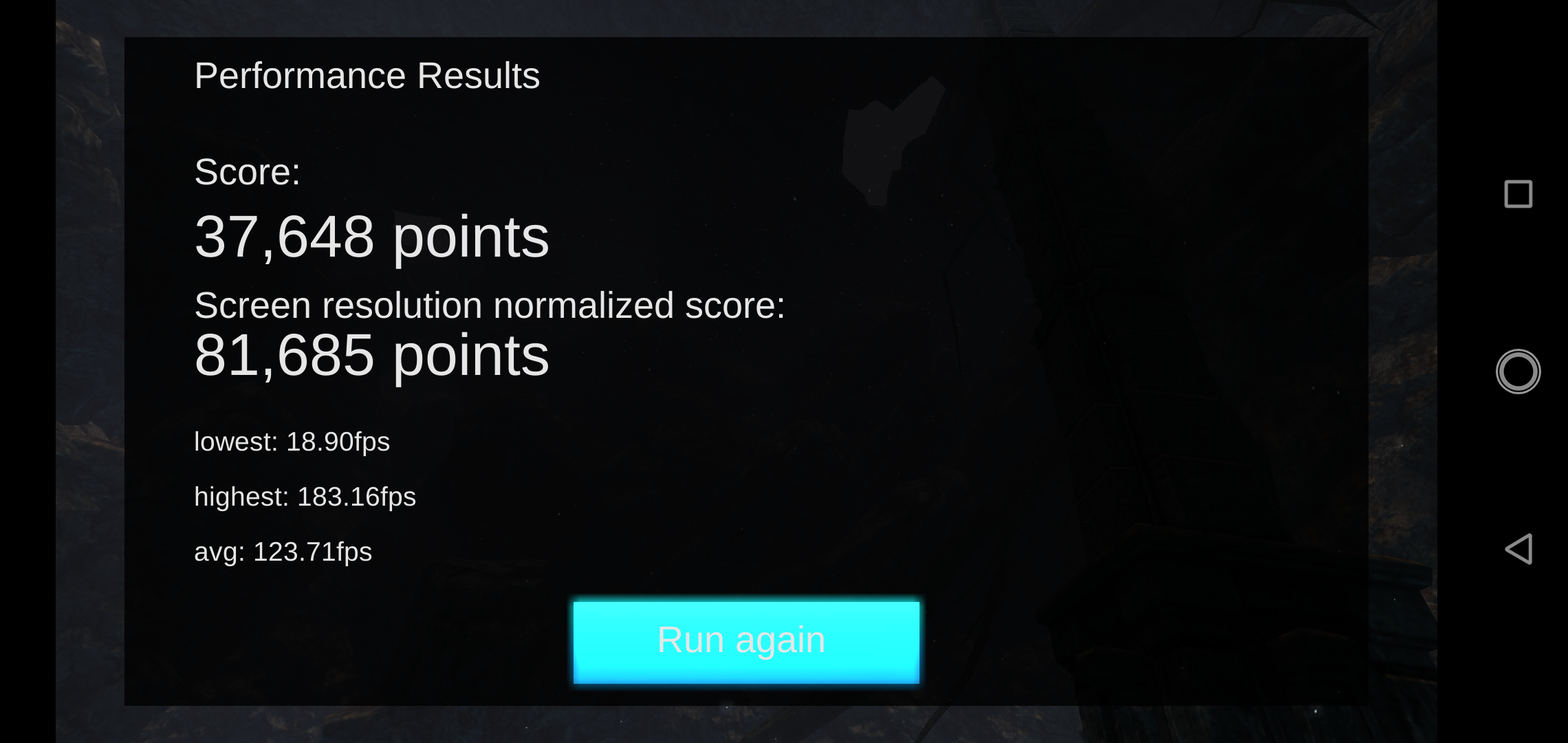
GPUBench score

Command and Conquer: Rivals actually takes up a lot of GPU during gaming
But it's good to know that the game is playable on the ZenFone Max Pro M2
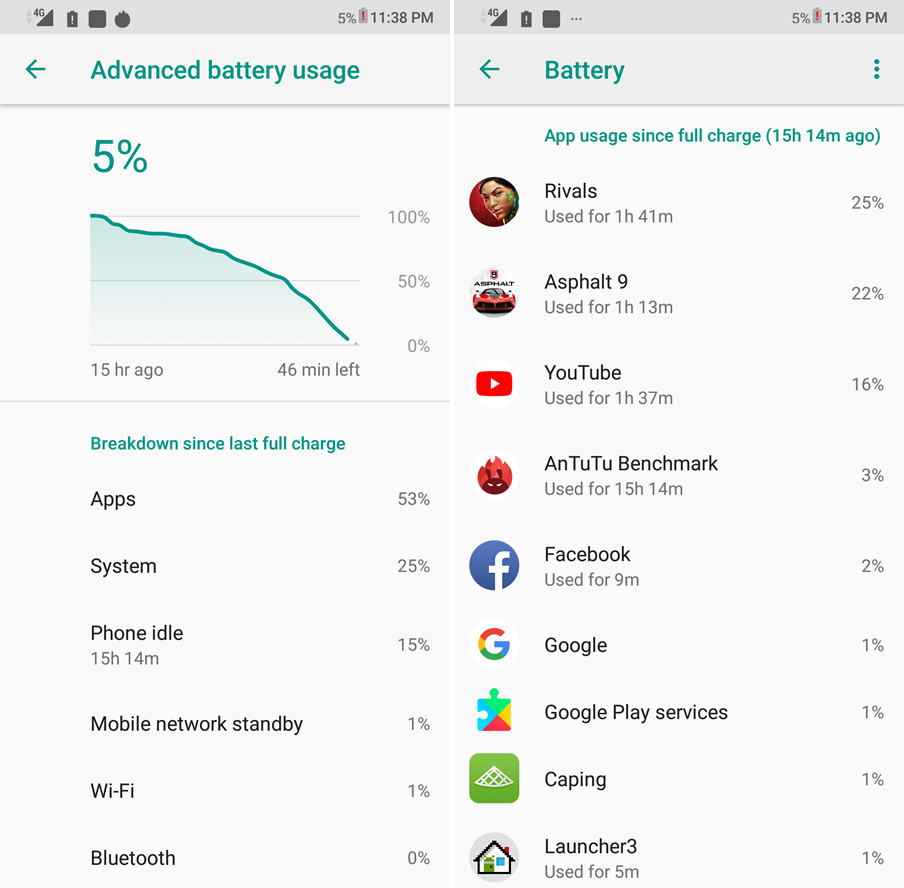
Spent over three hours on games and YouTube during late afternoon and evening
You can see the sharp drop on the battery chart there
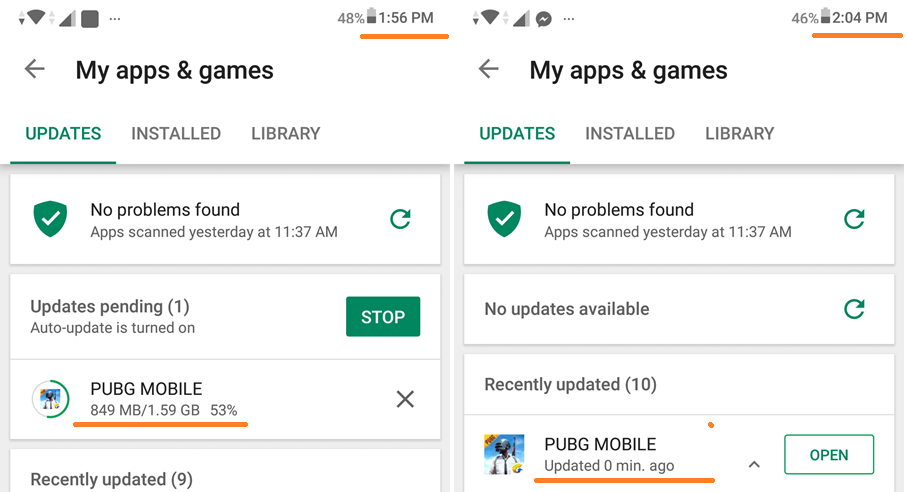
It took almost 10 minutes for PUBG Mobile's winter update to get from 53% to 100%
I probably waited 20 minutes and this was on WiFi
So far so good on the entertainment aspect, but there is one thing that's restricting the phone to reach its full potential. While the connectivity on multiplayer is smooth, the phone does not support 5GHz WiFi connectivity and that's a bit of a problem. That means downloading large apps like PUBG Mobile also takes quite a while. I find it mind boggling that ASUS would leave this out, as most game apps nowadays require you to be online and if your roommate or family member is downloading something big, it's quite likely that you won't be able to enter a match. So what's the solution? Well, you'll have to switch to your mobile data. To add insult to injury, this phone isn't able to play Asphalt 9 on tilting mode because there's a problem with the gyroscope. At the moment of publishing this review, there is yet to be an update for this issue.
Although the clunkiness of the Snapdragon Camera would stay that way, this does not affect the quality of the photos taken, thankfully. As an avid mobile photographer, I find that the macro shots taken on the ZenFone Max Pro M2 camera is one of the best ones I've used so far. If you view them on your monitor, the texture and colour details are quite accurate, while the bokeh effect is great too. However, night shots are beyond saving, though, even with Night Mode enabled. There is a way to get this around this, which is using Pro Mode and let the system do its job. Anyway, check out the pictures below!

Selfie mode by our new member, Natasha! Before and after using Beauty Mode
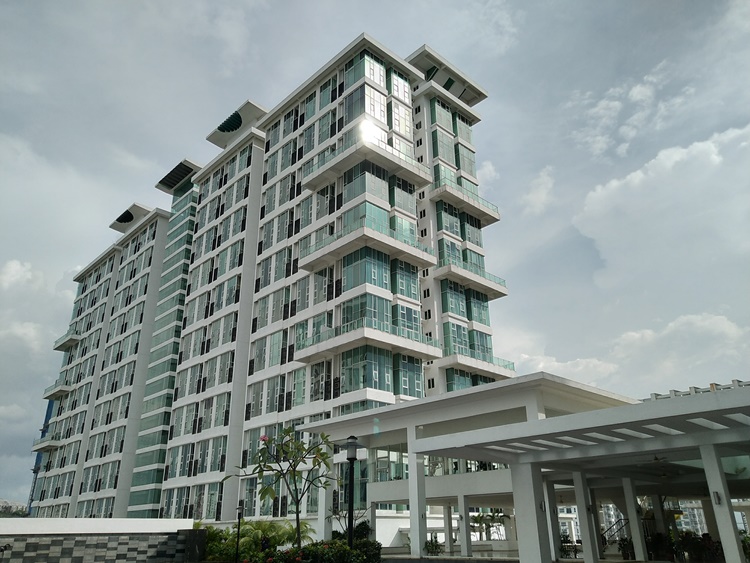
A wide shot of a building, not bad at all
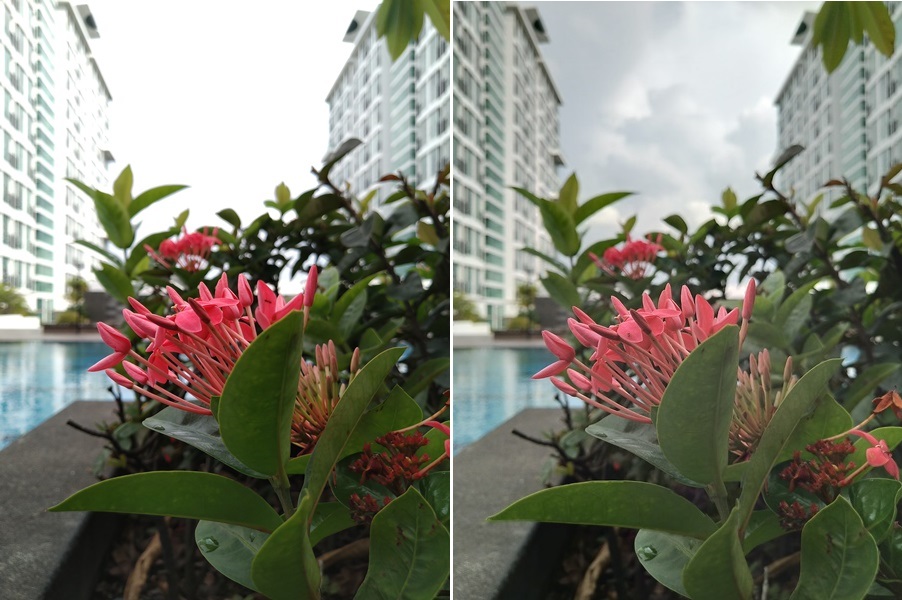
Before and after using HDR mode

And here's my favourite part of using the camera, macro shot!

LOOK AT THIS, IT IS BEAUTIFUUULLLL

Bokeh mode enabled, nicely done

Good enough to capture the spider's silky web from the outdoors

A medium shot with good lighting would produce fairly good shots too

Check out those details around the chicken

Wide shot of the sunset
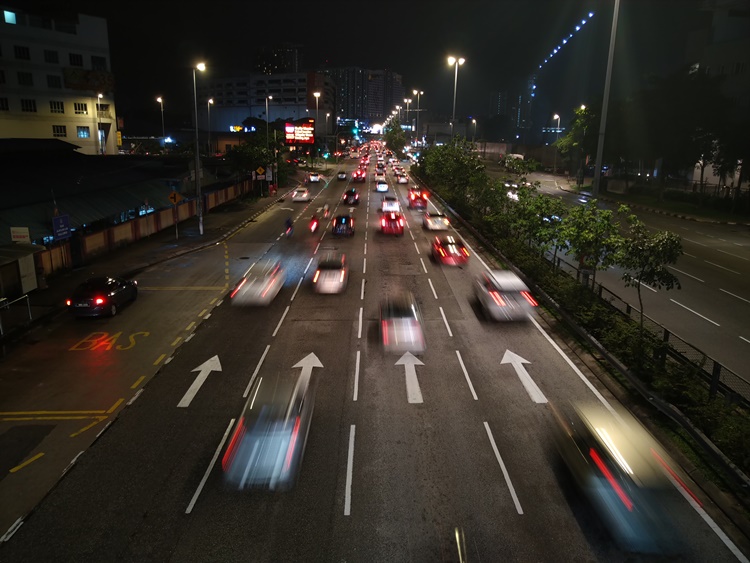
Pro Mode, the ISO can only go as low as 200 and shutter speed up to 1/4 only

Night Mode, still kind of grainy
Conclusion - Could have been the best budget-friendly smartphone in the market
As a smartphone that's marketed as a budget-friendly gaming device, the ASUS ZenFone Max Pro M2 does have a few perks here and there. It has a fairly good entertainment aspects thanks to its rather large 6.3-inch FHD display and NXP amplifier, and it is also good enough to play many graphics intensive games. To add on to that, its 3-axis EIS video recording is good, while the build quality, battery and macro shots are pretty awesome.
The tilting mode issue on Asphalt 9 can be overlooked since it's not a game that everyone plays, you can change it to AI control mode anyway. But the lack of 5Ghz WiFi connectivity, slow charging, clunky biometric unlocking speed and the camera's overall capabilities falls flat. With this, even with the starting price of RM859, it's difficult to favour this over other budget-friendly gaming phones such as the honor Play and Pocophone F1.
It's true both of these phones are priced higher at RM1299, but they certainly do not have any of the issues mentioned above and moreover, one has GPU Turbo for gaming optimization and the latter is using a Snapdragon 845 processor. Even the Realme 2 Pro which is priced from RM849 seems more favourable due to having similar tech specs, but with better camera capabilities and it has an 8GB + 128GB model.
For now, all we can say is that you should get the ZenFone Max Pro M2 if you want a big battery smartphone that lasts long and won't break that easily if you accidentally drop it. It should do well as a movie watching phone but if you're using WiFi to stream, the lack of 5Ghz support means it could be a bit unsuitable. Nonetheless, the RM859 price does make it a device to consider if you're on a budget.
I honestly didn't want to be harsh on this phone but facts are facts. I personally think ASUS might have shot themselves in the foot for "rushing" this too soon (the predecessor was only released back in July 2018) due to competition which is understandable. If anything, the price tag itself is still a good reason to get the phone, but not so much for gaming purpose. Just my two cents.
So do you agree with us? Or have you bought the phone and think otherwise? Let us know in the comments below and stay tuned for more smartphones reviews at TechNave.com. Merry Christmas and a Happy New Year!






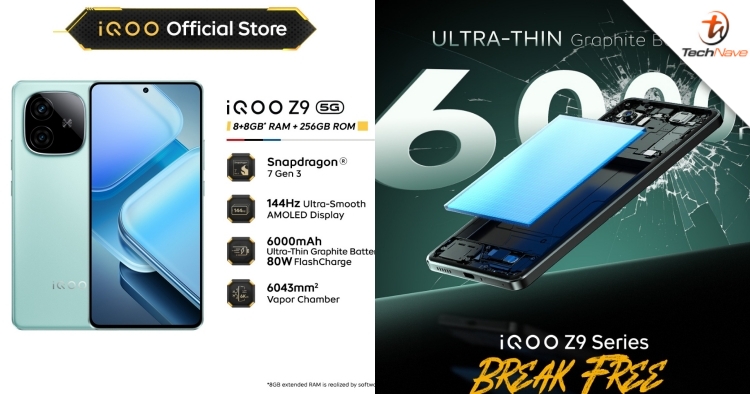
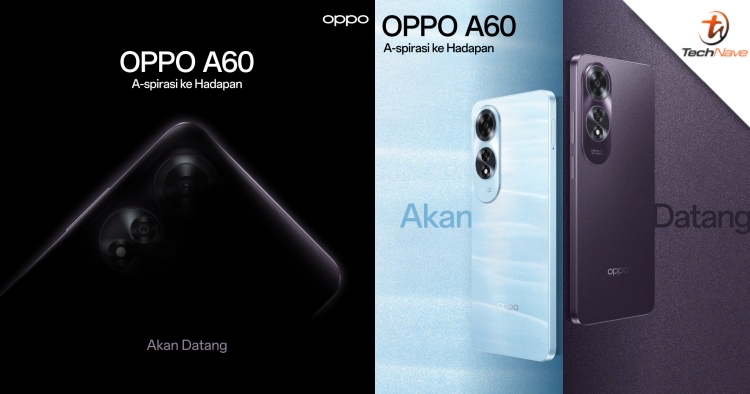

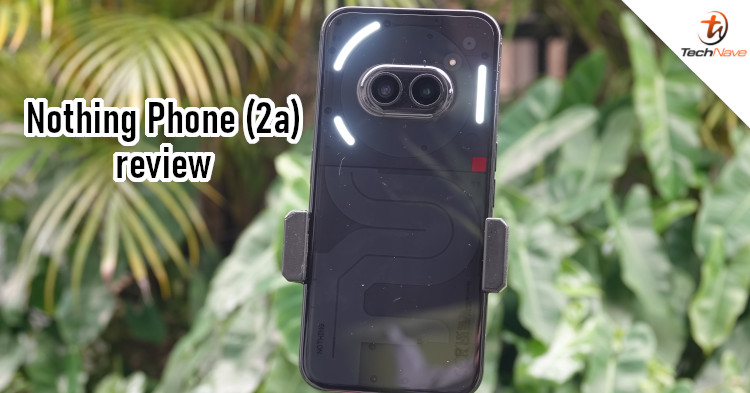



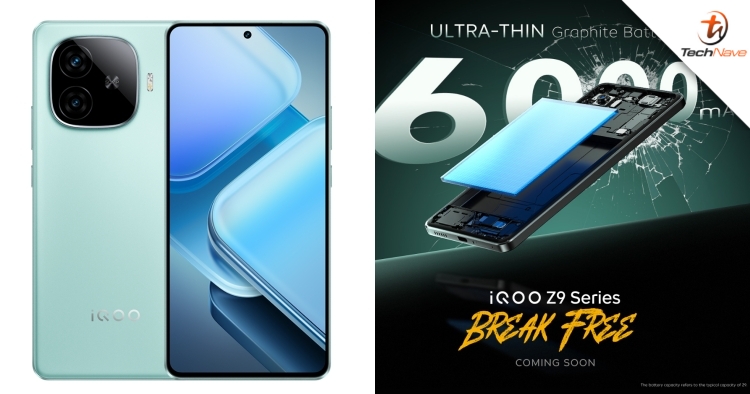
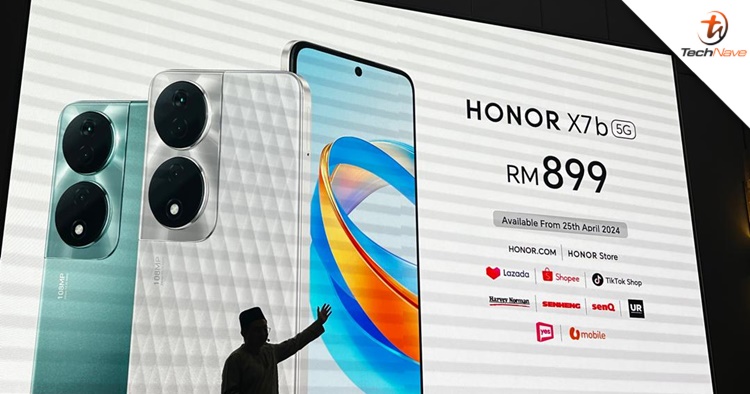
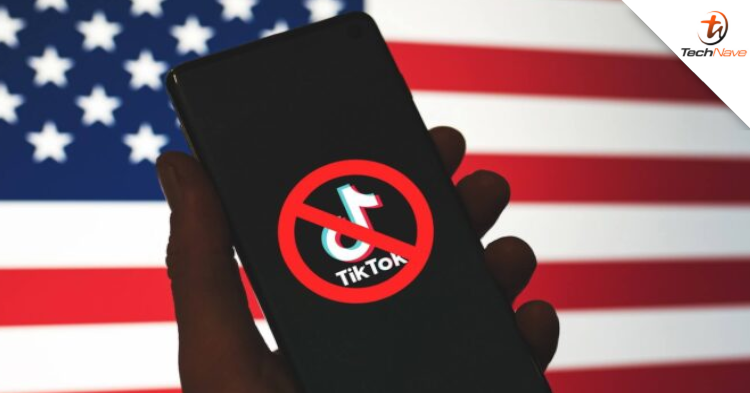
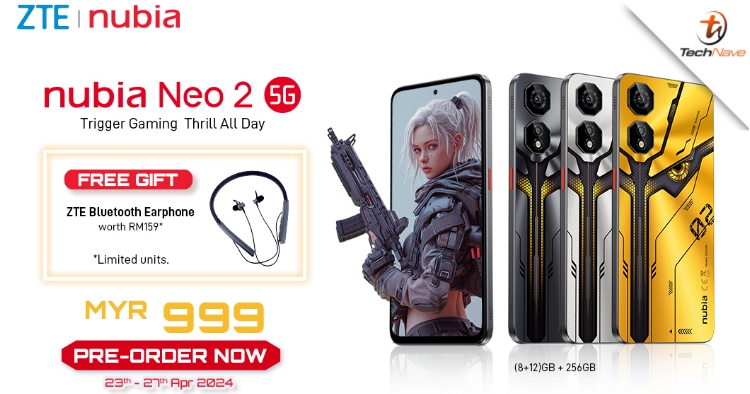
COMMENTS